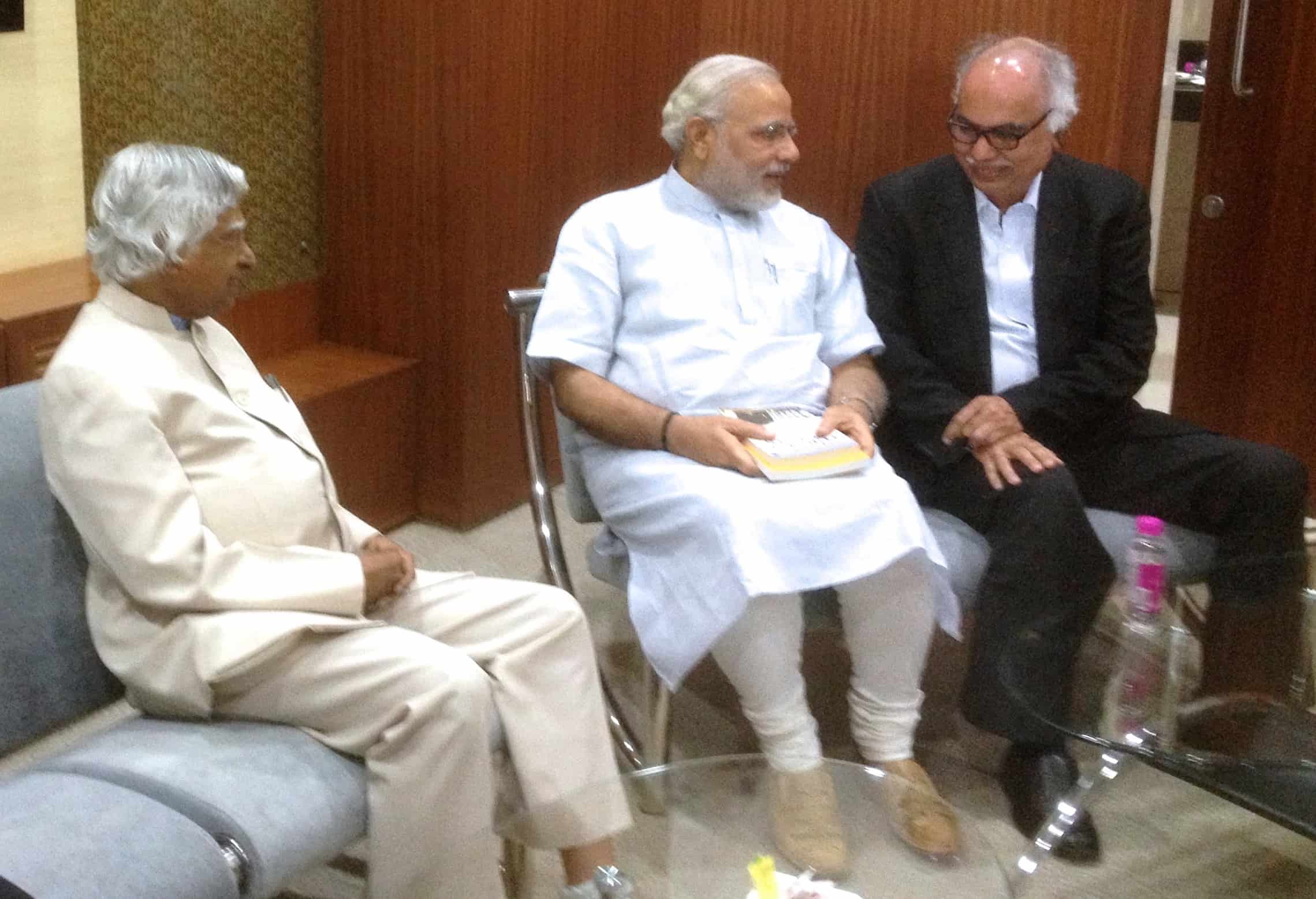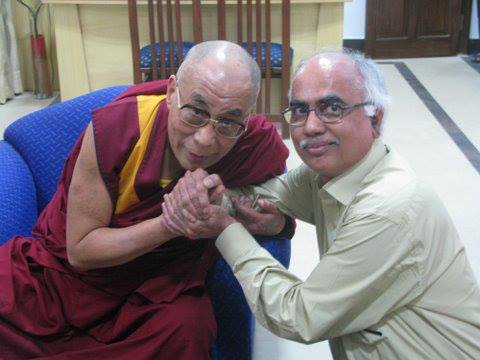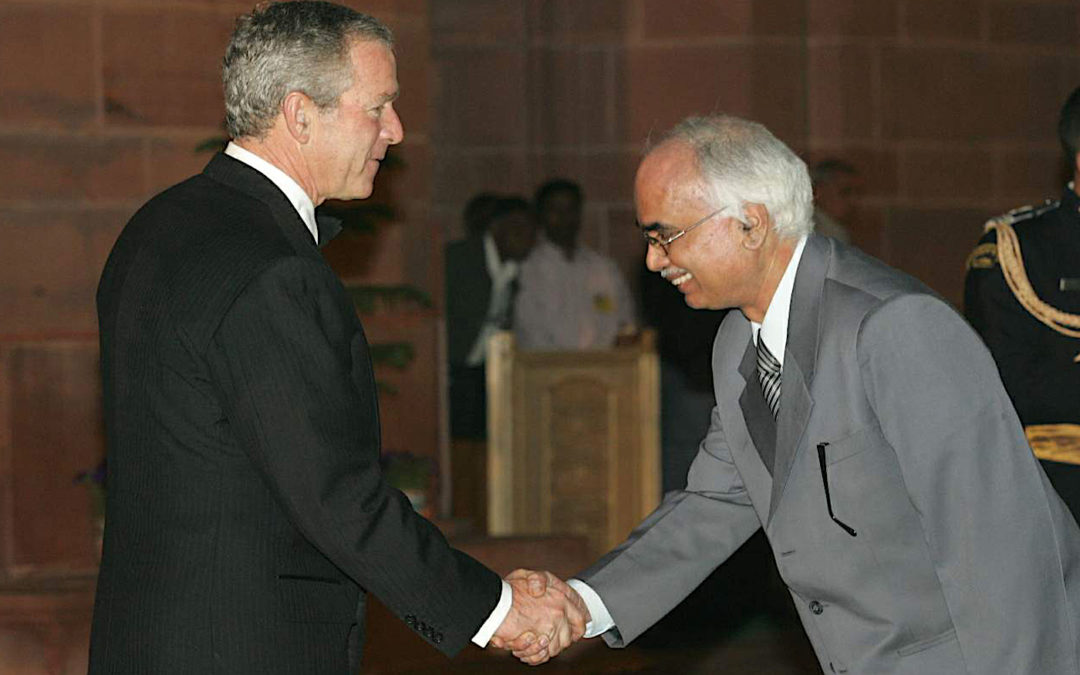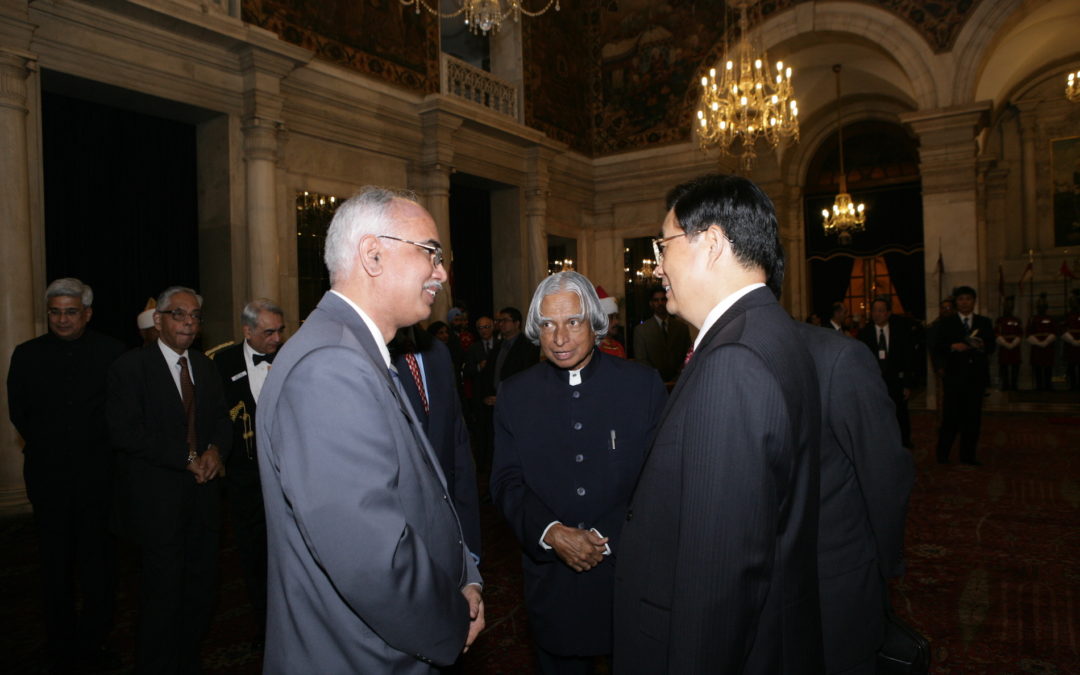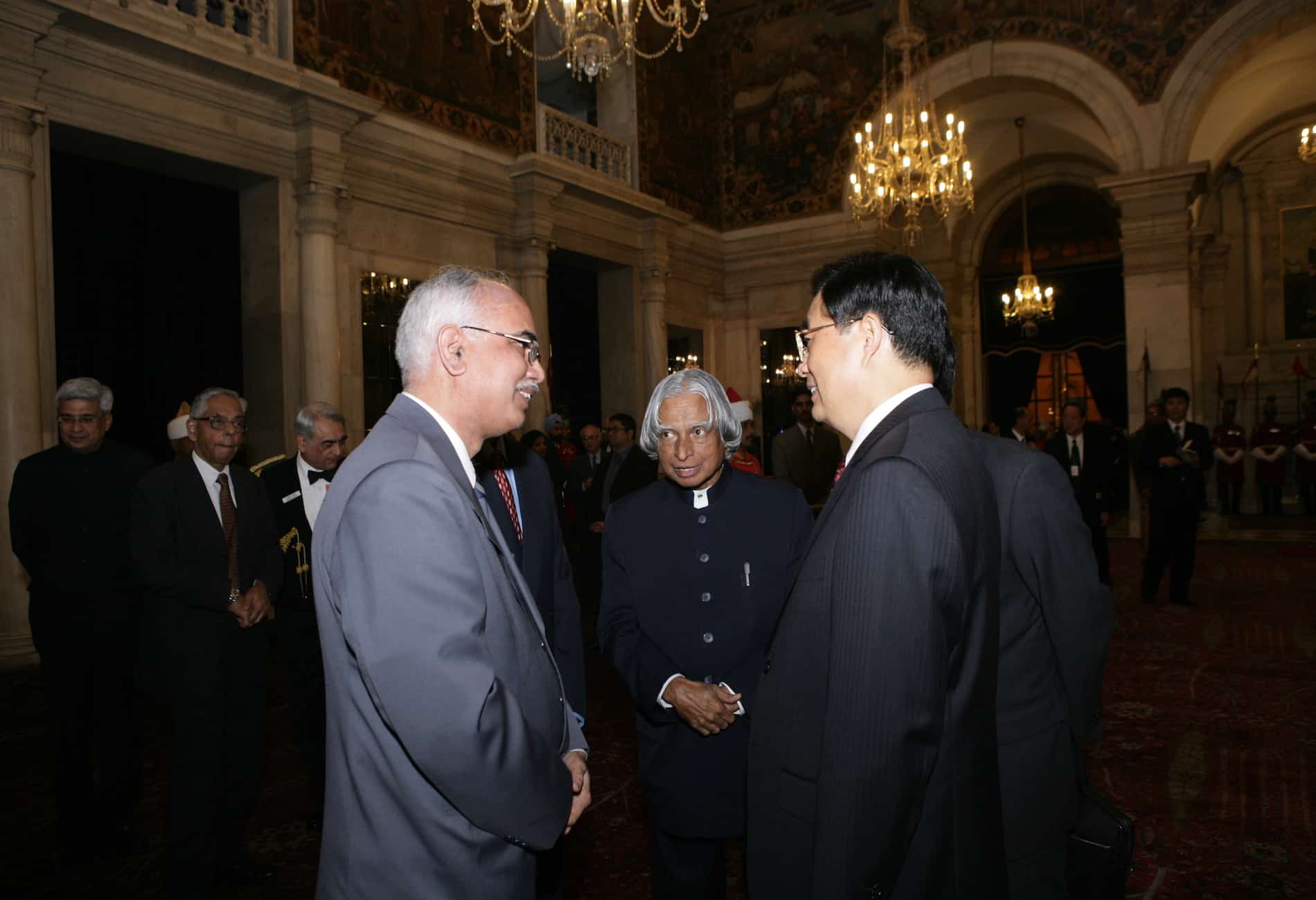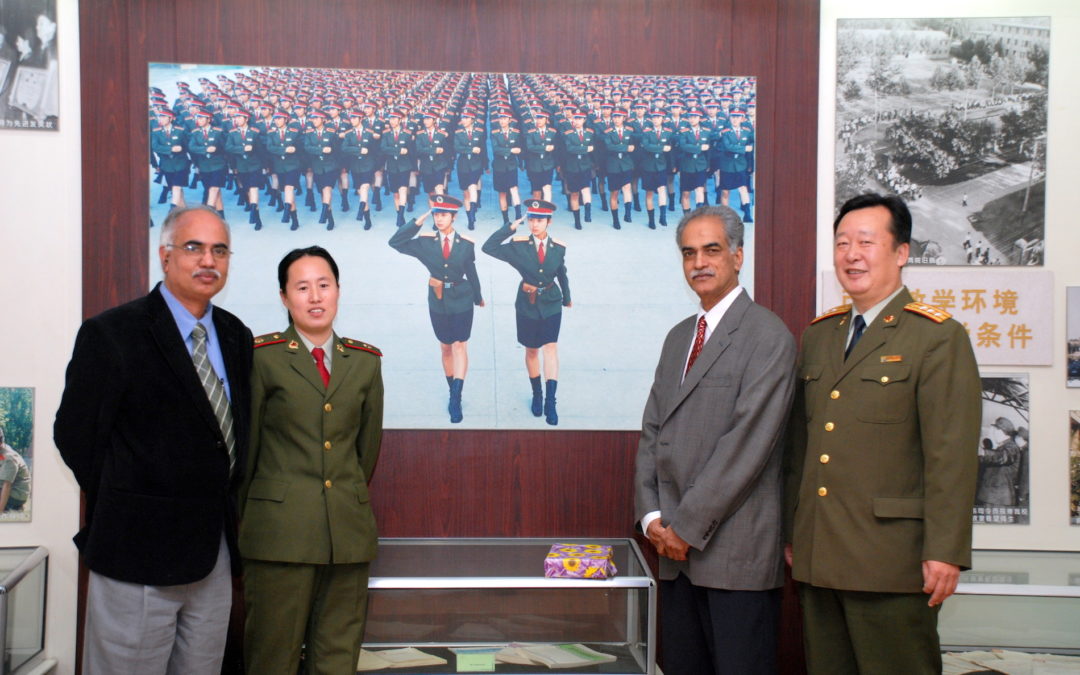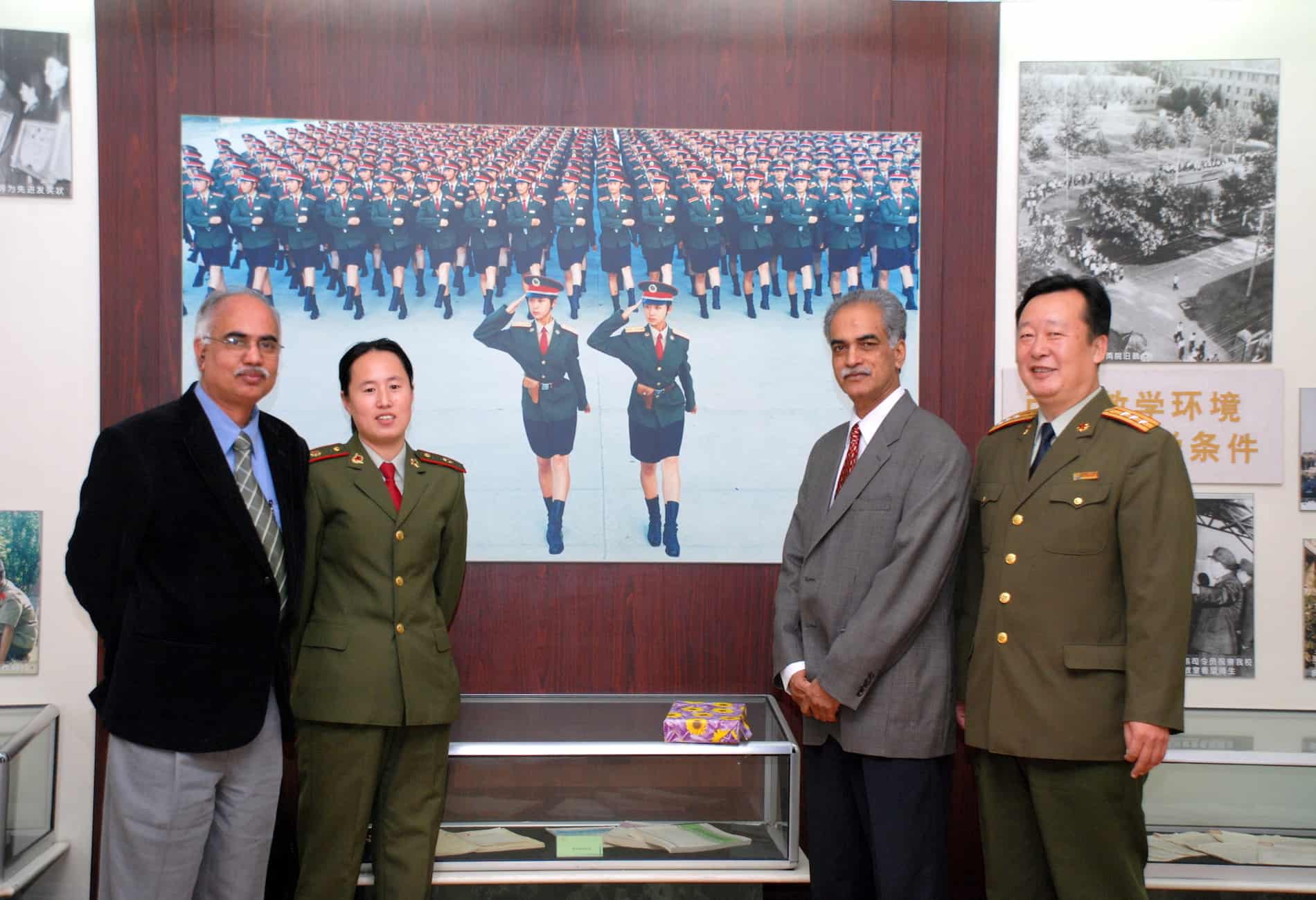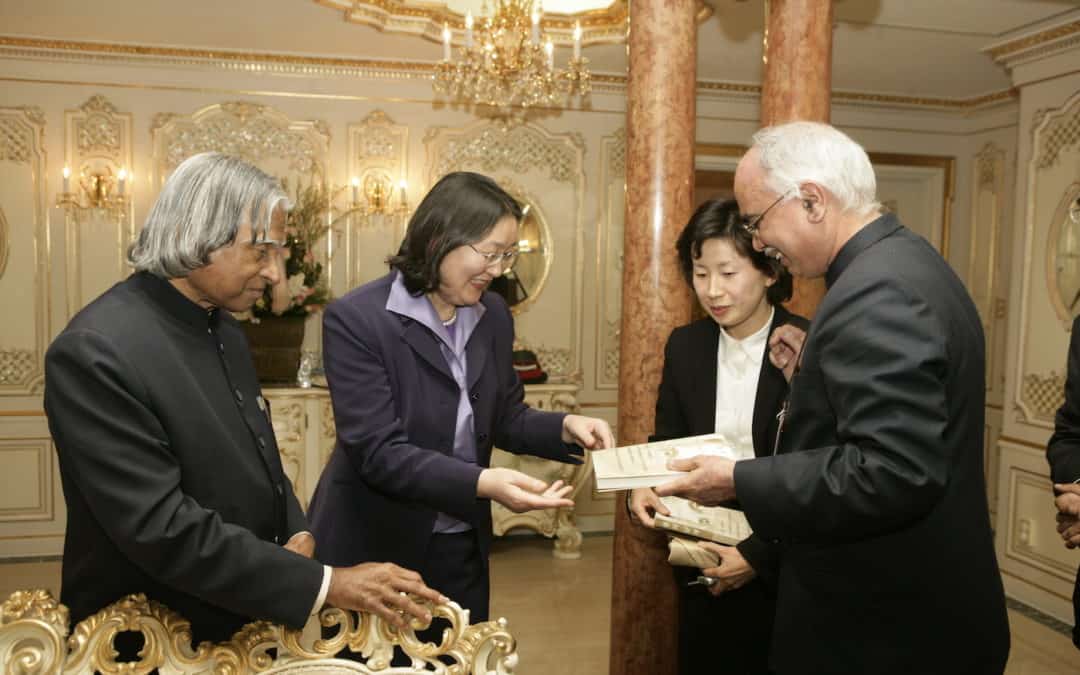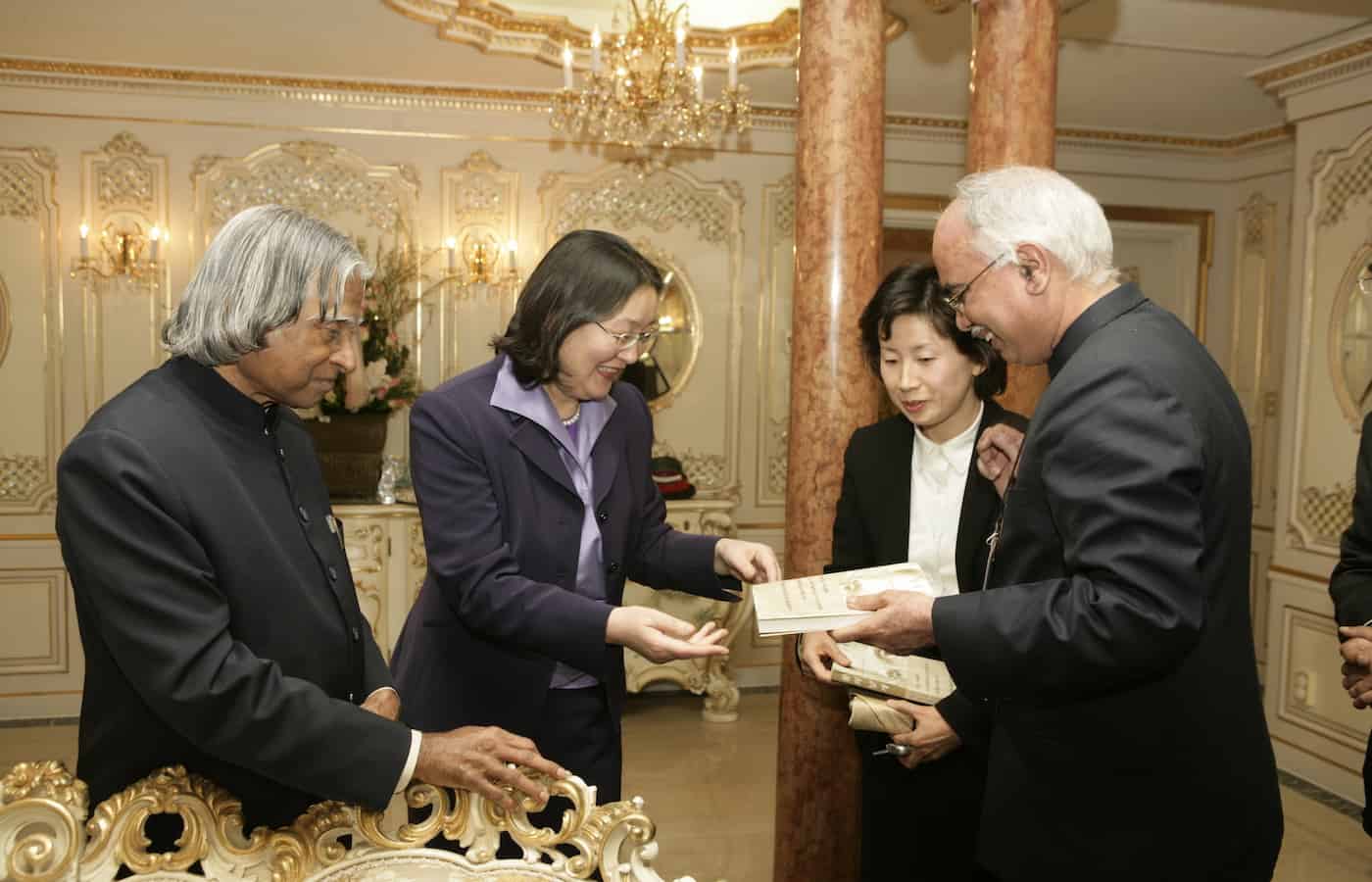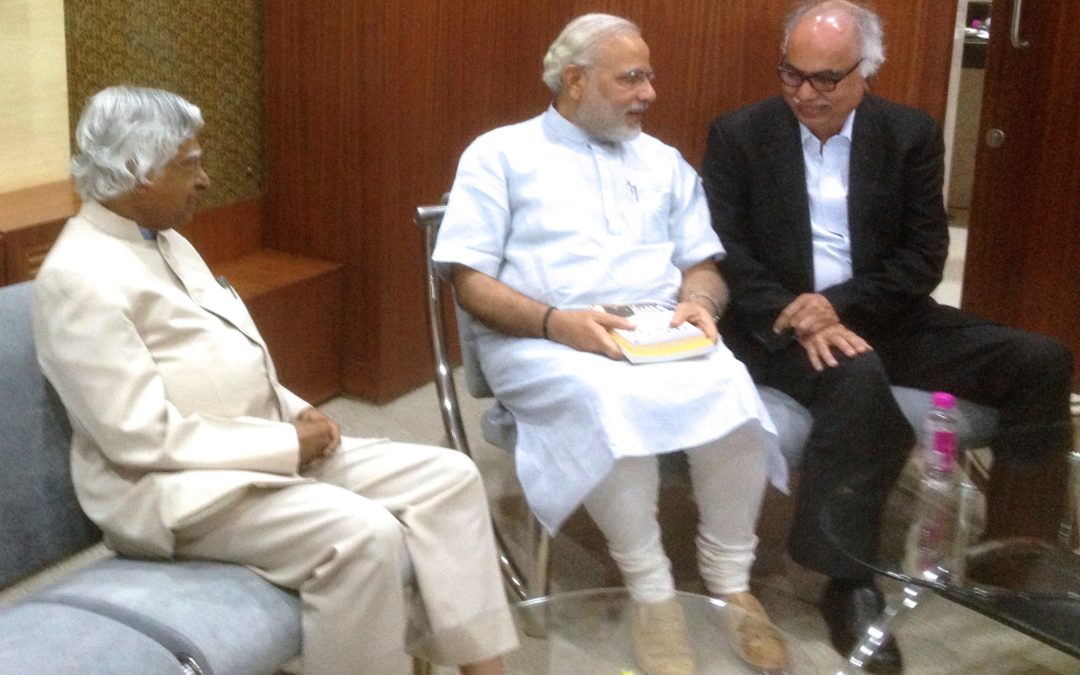
January 29, 2013
January 29, 2013
Dr. Kalam took me to the Young Indian Leaders’ Conclave in Gandhinagar. Chief Minister Narendra Modi received him and I was surprisingly included in what was supposed to be tête-à-tête. Modiji affectionately made me sit by his side. I was aware of the deep bonding Dr. Kalam had with Modiji. In 2002, he had visited Gujarat, contrary to the advice of the Central leadership, and walked through the riot-affected people’s camp in Naroda Patiya, holding Modiji’s hand. That gesture spoke more than any words and led to the arrival of
Dr. Kalam left after his speech but asked me to attend the entire conclave, listen to what Modiji said in his concluding remarks and brief him accordingly. Of the many points that I conveyed, Dr. Kalam liked the call for 100% enrollment in schools, the most. He said if this were earnestly implemented, the secularism debate would automatically be settled. He said that the Chief Minister was moving in the right direction and that God would surely give him a bigger role. In retrospect, it seems Dr. Kalam had first sensed the winds of change.

